Today I worked with Meg, an apprentice from this summer, on painting a small room that is accessible through the hallway leading from the library to the dining room. The room is an antechamber to a bathroom (which still has its original fixtures). The space will temporarily be used as a kitchenette for the staff of the Trust.
Just one month ago the walls were covered in moldy fabric. Now the window as been restored and replaced and the walls have been scraped, sanded, primed and painted.
We used a neutral color (above) called "Papaya". The name does not quite reflect the color itself. This is the same paint color used on the exterior of the Fairmount Waterworks on Kelly Drive.
While I worked with the roller, Meg edged around the ceiling and base to make sure all the spaces were covered. In hope of giving the room a crisp and bright appearance we decided to use "Bone White" for the ceiling and moulding.
Thanks to Meg for being an excellent teacher.
Just one month ago the walls were covered in moldy fabric. Now the window as been restored and replaced and the walls have been scraped, sanded, primed and painted.
We used a neutral color (above) called "Papaya". The name does not quite reflect the color itself. This is the same paint color used on the exterior of the Fairmount Waterworks on Kelly Drive.
While I worked with the roller, Meg edged around the ceiling and base to make sure all the spaces were covered. In hope of giving the room a crisp and bright appearance we decided to use "Bone White" for the ceiling and moulding.
Thanks to Meg for being an excellent teacher.
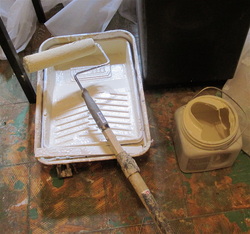
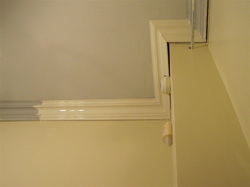
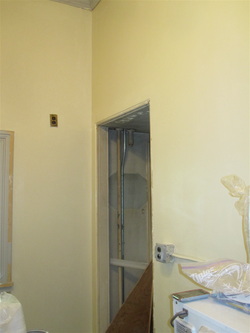
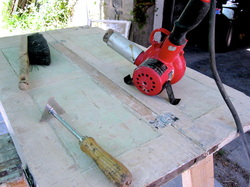
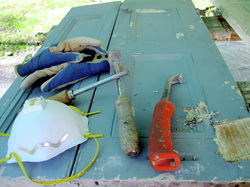
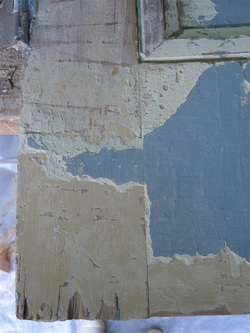
 RSS Feed
RSS Feed